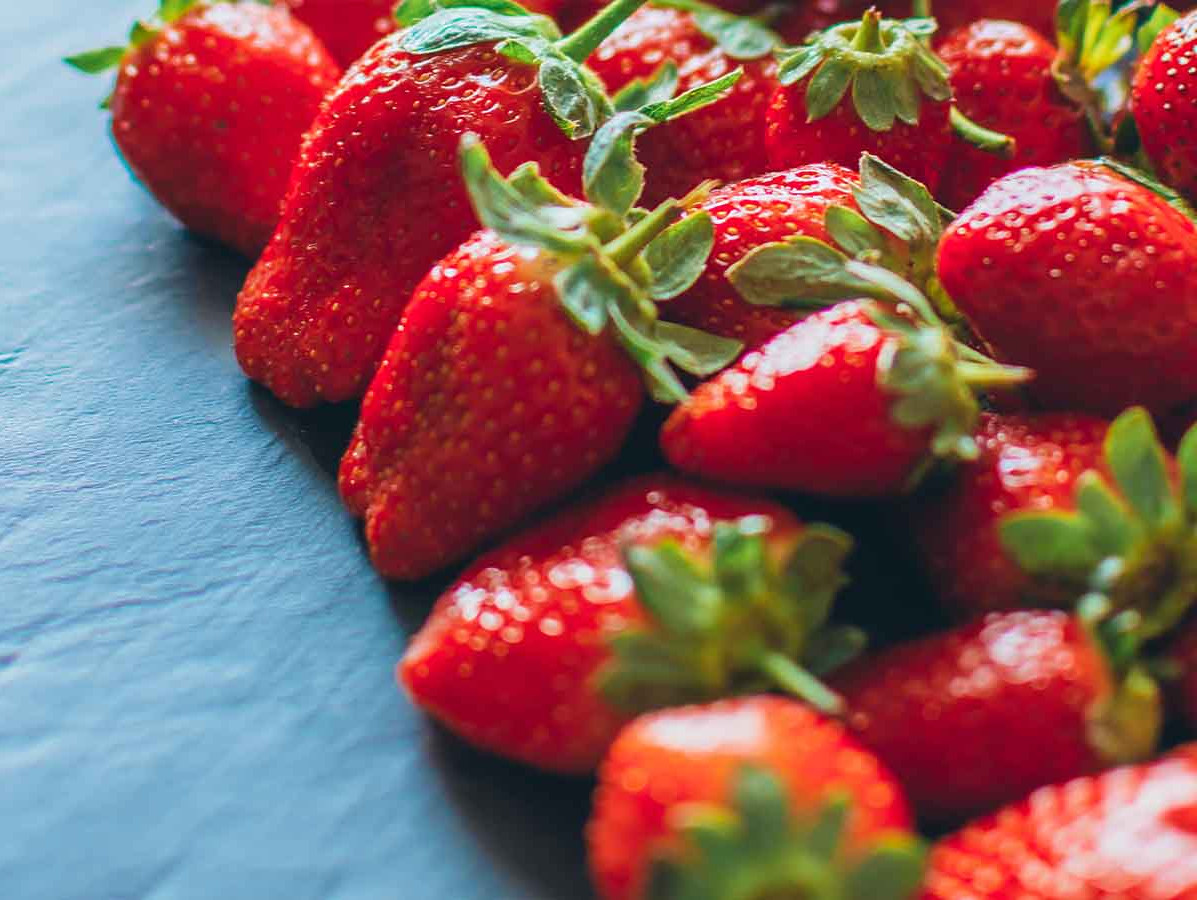
Sometimes a breeder or grower wants to know quickly whether, for example, a strawberry will appeal to the consumer during the breeding process or just before harvest. In such a case, a consumer panel is not the ideal solution: it requires a relatively large amount of time and organisation. The Greenhouse Horticulture and Flower Bulbs Business Unit of Wageningen University & Research is investigating whether it is possible to predict taste non-destructively with the help of spectral light and data models.
The taste of a product is determined by various parameters, such as the brix content, firmness, acidity and moisture of a product. These properties can be measured by, for example, examining a strawberry in a lab. But this process is laborious and time consuming. That is why WUR is looking for a method to predict consumer’s taste perception in a non-destructive way.
To this end, WUR is working with four partners (breeding company Fresh Forward, strawberry grower Brookberries, logistics company Bakker Barendrecht and IT company OneThird) to develop a model based on spectral light, consumer panels, and lab research. A near-infrared sensor is used to collect the spectral information of different strawberry varieties. The members of the WUR consumer panel give these varieties a taste score between 0 and 100. And in the laboratory, WUR examines the physical composition of the strawberries.
By combining these measurements, WUR aims to build up a model that would predict the consumer taste experience of a strawberry. This would make it possible to quickly predict the taste of the product, without having to take the fruit to the laboratory or a consumer panel first. Having a quick and objective method to predict liking could help many stakeholders of the supply chain. For example, a grower could check which strawberries are suitable to harvest or package for an specific client.
The research is a four-year PPP collaboration and will end in 2024. In the coming year, the model that has now been developed will be tested for robustness and reliability and possibilities for further implementation will be explored. The project is financed by WUR, Fresh Forward, Brookberries, OneThird, Bakker Barendrecht and the Horticulture & Propagation Materials Top Sector.
Photo: mis1il/Shutterstock.com
Source: WUR